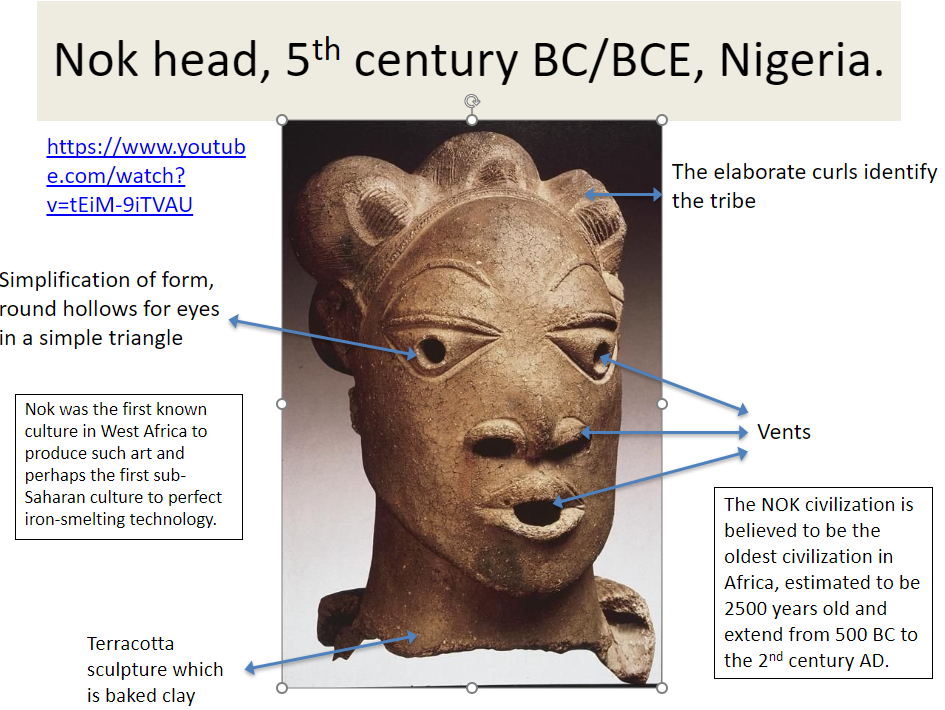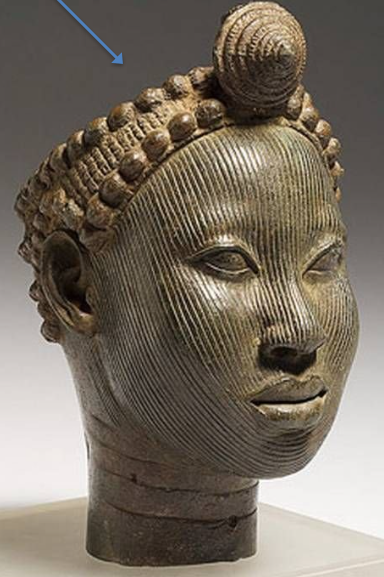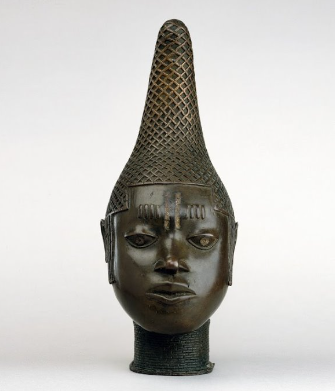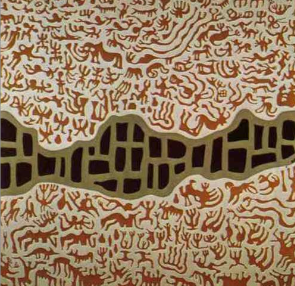Art Technique
chiascura
technique to represent light shadow on 2d surface
Sfumato
tones/colour blend
Texture
>surface quality
>visual or implied
Colour
>hue
colour types
Monochromatic
>one colour
Polychromatic
>random use of colours and their variations
analogous
>three colours that are next to each other on the colour wheel
warm/cool colours
>affect emotion
>depth
warm means closer
cold means further
Line
how do they convey emotion
horizontal - calm
vertical - power/imtimidation
diagonal - restlessness
they guide eyes
Subject Matter
what is it depicting
>be able to talk about it and differentiatie between different types
Style
how was it depicted
Naturalism - realistically
Figuratively - modern, strong refrence to real world
Abstract - not accurate to life, only make out line, tone and colour
Expressionism - image of reality is distorted to convey emotion, play on colour
Stylized - moves away natural form/shape by altering colour, shape, line, texture (similiar natural more dramatic/abstract
Decorative - patterns
San Rock Art
terminlogy
therianthropy - humans with animal features
pictograph - rock painting
petroglyph - rock engraving
monochrome - one colour
biochrome - two colours
polychrome - use of several colours
ungulates - large mammals with hooves
entoptic - phenoma were visual effects happen inside eyes itself
shaman - tribe healer
location
South Africa
Namibia
Botswana
Lesotho
Visual Cues
Woman - Large calves and buttocks (genetically desirable)
Men - Long legs
People often distorted
Animals (ungulates) were drawn naturalistically due to respect
Animals depicted differed between frequency in region
fine-line painting - rendered with thin brush
Materials and Techniques
pigments and binders
Red/yellow ochre (most common) - plant juice
maroon - blood
yellow - fat
black and white - egg
Fine Line Paintings
brush/fine instrument
outline with single line
interior filled with same colour
or image filled with slight different colour
monochrome
biochrome - two blocks same image
polychrome - three or more
Finger painting/broad brush
hand prints
Subject matter/function
Elands
most important - rendered polychrome
white fades so appear headless/legless
horses, cattle, sheep, dogs, baboons
lesser importance - rendered red/black
People
monochrome (red)
most naked, few clear indiciation to gender but uncommon
bending forward, contorted to show trance dance
draw from memory
Trance Dance
woman clap, shaman/men circle. Shaman go into trance, entopic hallucinations. When they start sweating and keeling over it begins and when the nose bleeds they have entered the spirit realm. They touch the person that they are go to heal and they follow them in the circle.
African Tribal Art
african art/craft object had great valuie in precdonial times
politcal/ideological significance, ritual context, aesthetic
showed great skill
depicted rulers of the time or practical functions/performances
most was simplistic. idealized for
Nok Head
earliest was found nok (close Nigeria)

Head of Ife
naturalistic
made of brass (lost wax/brass cast sculpting method)
proved that African civilisations were just as skilled if not more than their european counterparts as they could produce aesthetically pleasing art
lines down face → scarification

Queen Mother Idia (16th Century)
naturalistic
city of Benin → southern Nigeria
thinness of metal and lifelikeness
high peaked/parrot beak hairstyle
eyes half lowered and cast downward

Nkisi (spirit) Figures
sacred substances that are activated by supernatural forces
ingredients
parts of animals, nails, various fibres, herbal medicines
nails placed in everytime used → get stronger
Kongo → large kingdom of the time
Nganga → Sangoma of the time
abdomen holds everything
they would heal, record agreements, go after people that they are paid to curse
they would use dogs teeth and elements of birds to activate this
Stuff i missed
Ways of dating prehistoric findings
carbon 14 dating → testing carbon 14
Statigraphy
Paleography
Typology
Periods
Paleolithic period
caves
simple tools
Mesolithic period
hunting, fishing, food gathering, domesticated
Neolithic period
stone tools, settlements etc
Venus Van Willendorf
30000BC - 20000BC
small statue
carved out of limestine, not found in discovered region
stylized female form
fertility or earth mother → abundance
symbol of fertility
may have been used to ensure prosperity of a community
Walter Batiss
january 6, 1906 → somerset east
one of south africas greatest artists
fascinated with san rock art
William fowler introduced him to rock art in mines close by
early was impressionist landscapes
moved onto more abstract
work incorporated symbols and messages that related to ancient culture of san
own visual language
adopting calligraphic forms of animals and humans → abstracts found in heiroglyphics and rock art
key as he broke away from european art and embraced a south africa indentity inspired by san rock art
modern twist
highlighted the deeper meanings of rock art
The early man, 1948, oil on canvas

merge moderism with rock art
travelled then came back and mixed
abstract 2d approach
simplified → elongated form and lack of detail
front lazing, back in fetal position
sense of depth → despite large areas of flat colour
earthy tones for males
no clothes as if part of a tribe, surrounded nature
nature → flat bright contrasting colours
mans closeness to nature → absent of any worldy things
despite simplified, manages to capture natural posture of male figures
Symbol of life

clear link to rock art, symbolic motifs scattered around canvas
keeps background one colour so symbols can be understood
first impressions → numerous organic shapes → closely you see symbols
batiss attempt to make a visual language of his own
horizontal band breaks flow
could represent rock/mountain → earthly colours combined with rock pattern reinforces connection
Cecil Skotnes
inspired european moderism and west african art
wood blocks → earthy colours
mostly still life or landscapes
mentor for many black south african artists → polly street art centre
Egon Guenther introduced him to traditional sculptors from west/north africa
influenced by picasso and cezanna and collected african art
simplified and stylized
woodcuts
mask like faces
raw pigment into wood blocks
 Knowt
Knowt